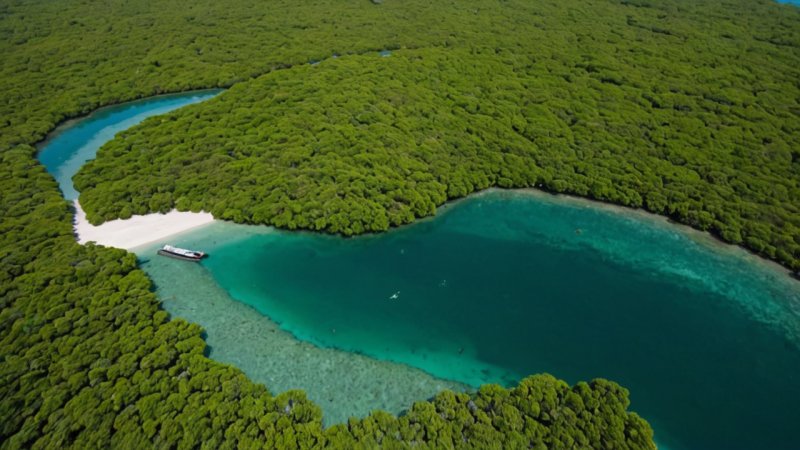Introduction
Coastal ecosystems are vital to our planet's health and well-being. They provide numerous benefits, from supporting biodiversity to protecting shorelines from erosion. However, these ecosystems are under threat from climate change, pollution, and human activity. Understanding the importance of protecting these areas is crucial for both environmental sustainability and economic stability. Here are the top 5 reasons why we should prioritize the protection of coastal ecosystems.
1. Biodiversity Hotspots
Coastal ecosystems are home to a rich variety of species. They serve as habitats for countless marine and terrestrial organisms, including fish, birds, and invertebrates. Protecting these areas helps preserve the intricate web of life that depends on them, ensuring the survival of many species that are critical to our ecosystems.
2. Natural Barriers Against Erosion
Coastal ecosystems act as natural barriers. Mangroves, salt marshes, and coral reefs play a crucial role in protecting shorelines from erosion and storm surges. By maintaining these ecosystems, we can reduce the impact of extreme weather events and safeguard coastal communities from flooding and property damage.
3. Carbon Sequestration
Coastal ecosystems are effective carbon sinks. They absorb carbon dioxide from the atmosphere, helping to mitigate climate change. By protecting these areas, we can enhance their ability to sequester carbon, contributing to global efforts to reduce greenhouse gas emissions and combat climate change.
4. Economic Benefits
Healthy coastal ecosystems support local economies. They provide resources for fishing, tourism, and recreation, which are essential for many communities. By protecting these ecosystems, we ensure the sustainability of these industries, which contribute significantly to local and national economies.
5. Cultural and Recreational Value
Coastal ecosystems hold cultural significance. Many communities have deep cultural ties to their coastal environments, relying on them for traditional practices and livelihoods. Additionally, these areas offer recreational opportunities that enhance quality of life, from beach outings to wildlife watching. Protecting coastal ecosystems means preserving these cultural and recreational treasures for future generations.
Conclusion
In summary, the importance of protecting coastal ecosystems cannot be overstated. They are biodiversity hotspots, natural barriers against erosion, effective carbon sinks, economic drivers, and cultural treasures. By recognizing their value and taking steps to protect them, we can ensure a healthier planet for all.






